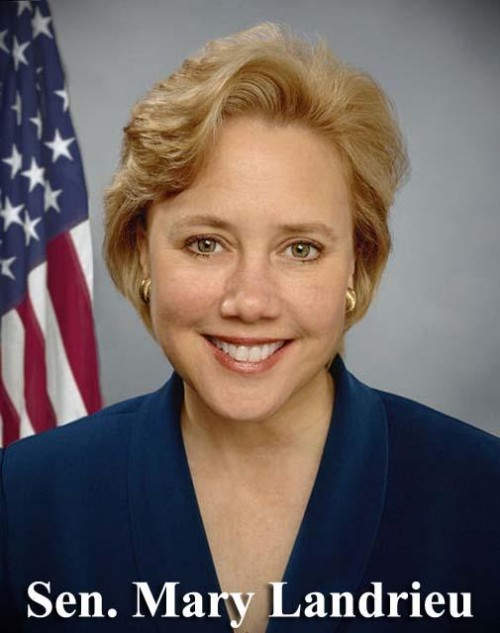
William Clark Sr.
June 29, 2010
Senator baffled by Obama’s view on La. oil
July 1, 2010Louisiana gained 10,300 non-farm jobs from April to May but state officials warn the full impact of the Gulf oil spill is yet to be felt.
The state was down 9,900 jobs, on a non-seasonally adjusted basis, from May 2009, the Louisiana Workforce Commission reported Thursday. During the latest month, all metropolitan areas reported non-farm job gains.
But the report had a major caveat: The full effect of the BP PLC spill on employment is not yet reflected in the numbers. The Workforce Commission said each month’s report is based on data collected around the 12th of the month. On May 12, many more fishing grounds were still open – and the deepwater drilling moratorium had not yet been ordered.
“Because the May data was collected during the early period of the oil spill, there are still many unknowns about the full impact this disaster will have on employment in many of our industries,” said LWC executive director Curt Eysink. “Every day that oil flows unstopped in the Gulf impacts future employment for many Louisiana citizens.”
The BP-operated rig Deepwater Horizon exploded April 20 and sank two days later, leading to the oil spill.
Federal employment accounted for 4,700 of the additional jobs from April to May – primarily due to the temporary Census jobs.
The state said goods-producing employment, including petroleum extraction, construction and manufacturing, gained 3,600 jobs from April to May. The petroleum sector added 1,000 jobs and construction put 2,900 more on payrolls. But manufacturing lost 300 jobs for a total of 7,500 over the past 12 months.
The service sector gained 6,700 jobs from April to May, including the federal hiring.
The state’s seasonally adjusted unemployment rate for May was 6.9 percent, unchanged from April. On a non-seasonally adjusted basis, that rate rose from 6.2 percent in April to 7.1 percent in May, a typical increase that comes from students entering the work force.






